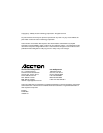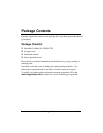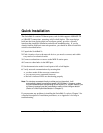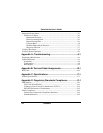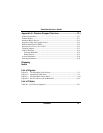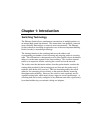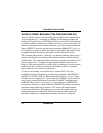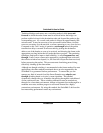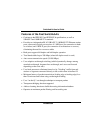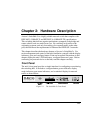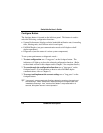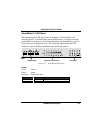
1-1
Chapter 1: Introduction
Switching Technology
The Ethernet Switch allows simultaneous transmission of multiple packets via
an internal high-speed data channel. This means that it can partition a network
more efficiently than bridges or routers in most environments. The Ethernet
Switch is therefore fast being recognized as one of the most important building
blocks for today’s networking technology.
The learning function in the switching hub stores the address and
corresponding port number of each incoming and outgoing packet in a routing
table. This information is subsequently used to filter packets whose destination
address is on the same segment as the source address. This confines network
traffic to its respective domain, reducing the overall load on the network.
The switch scans the destination address from the packet header, searches the
routing table provided for the incoming port and forwards the packet only if
required, often before fully received. This fast forwarding makes the switch
attractive for connecting servers directly to the network, thereby increasing
throughput and availability. However, the switch is most commonly used to
segment existing hubs, which nearly always improves overall performance. A
switching hub can be easily configured in any Ethernet network to significantly
boost bandwidth using conventional cabling and adapters.




